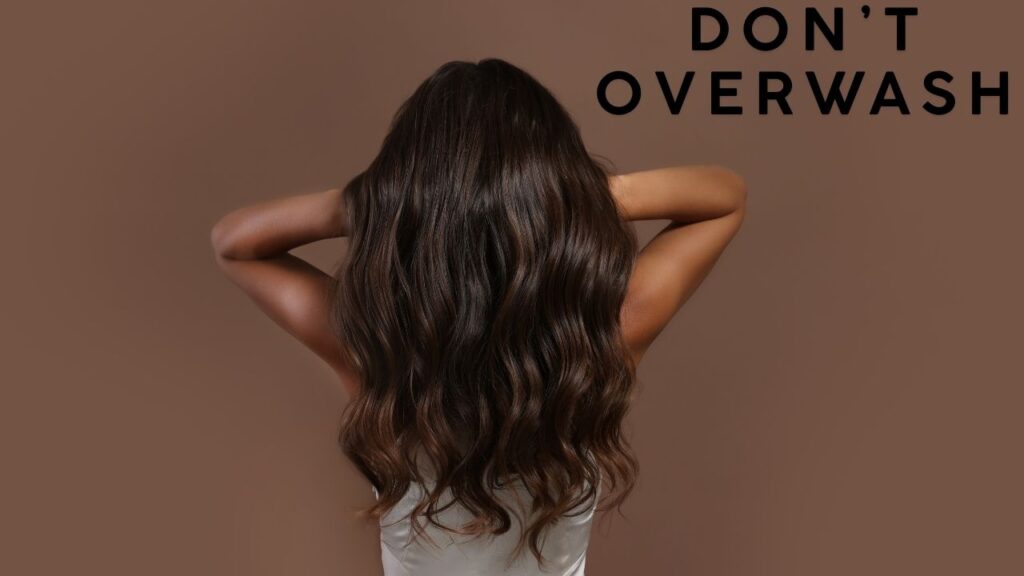Wavy hair is a lovely cross between straight and curly, but it may be difficult to maintain wave definition due to frizz, dryness, and other factors. Understanding the proper maintenance regimen will let you accept your waves while adding shine and bounce. Here are a detail How to Take Care of Wavy Hair.
Understanding Your Wavy Hair Type
Wavy hair is classed as Type 2, with loose waves (2A) and more defined, tighter waves (2C). Each category has unique needs: 2A hair may need lightweight treatments to prevent flattening, whilst 2C hair may benefit from deeper moisturizers. Knowing your wave type might help you pick items that highlight your texture.
Focus on Conditioning
Wavy hair loses moisture fast, leading to frizz and dryness. Begin your haircare regimen with a moisturizing shampoo and conditioner made for waves. Ingredients including as hyaluronic acid, coconut oil, and aloe vera assist to retain moisture without weighing down your waves. Avoid sulfates, which may deplete the natural oils required for good waves.
For example, the SheaMoisture Manuka Honey range and Moroccanoil’s curl-focused formulations are popular alternatives for hydration and frizz control.
Don’t Overwash
Wavy hair flourishes when washed 2–3 times per week to keep its natural oils. Overwashing may cause dryness, frizz, and dullness. If your roots get greasy between washes, use a light dry shampoo to keep your hair appearing fresh while maintaining your wave pattern.
Keep in mind that overwashing wavy hair might remove its natural oils, resulting in a dry scalp and hair. “A helpful tip for locking in moisture is simply adding more time between hair washes,” according to Leake.

Deep Condition Weekly
Deep conditioning once a week provides additional moisture that wavy hair need. Look for treatments with proteins and natural oils that will nourish your hair, minimize breakage, and improve wave definition. Leave-in conditioners are particularly excellent since they keep your hair nourished all day without the need for a rinse.
Drying Techniques to Reduce Frizz
Air-drying is frequently preferred for wavy hair since it reduces heat damage. Instead of a conventional towel, gently compress excess water with a microfiber towel or a soft cotton t-shirt to reduce frizz. Microfiber or cotton reduces friction, which aids in wave definition.
If you’re short on time, put a diffuser attachment on a blow-dryer with a low heat setting to create volume and bounce to your waves. As your waves dry, use the diffuser to gently cup them, encouraging them to take on their natural form.
Embrace “Plopping” and Scrunching
Plopping is a common drying procedure for wavy hair that helps clarify the waves. After you’ve applied your style products, put a soft t-shirt or microfiber towel over your head and leave it for 15–20 minutes. This approach helps to absorb extra moisture while keeping your wave form.
Scrunching your wet hair is another way to promote natural waves. Lift and compress portions of your hair up, intensifying the wave pattern and creating volume.
Style with the Right Products
Finding the ideal “cocktail” of products is essential for wavy hair. Look for lightweight leave-in conditioners, curl creams, and gels specifically developed for wavy hair. Curl creams give softness and definition, whilst gels provide grip. Avoid alcohol-containing products, since they might dry out your hair.
Apply your products to wet hair and scrunch it to promote wave creation. For gentler waves, use lighter creams, while larger waves benefit from heavier products for a more defined texture.
Be Careful with Heat Styling
Heat styling may damage wavy hair, causing dryness and frizz. If you need to style with a curling iron or straightener, use a heat protectant and keep the temperature low to minimize breaking. Consider using heat styling only on occasion and opting for more delicate options such as braiding wet hair for heat-free waves.

Regularly trim and maintain
Trims every 8–12 weeks assist to avoid split ends and keep your waves bouncy. Wavy hair may seem burdened down if the ends are damaged or split, so get cuts to maintain your style looking fresh and healthy.
Nightly Care for Wavy Hair
Preserving waves overnight might be difficult. A “pineapple” method involves collecting your hair at the top of your head and fastening it with a scrunchie. This maintains your waves and reduces friction on your cushion. Alternatively, use a silk or satin pillowcase to prevent frizz and moisture loss.
Conclusion
Wavy hair demands regular hydration, soft drying processes, and the appropriate product mix. With a little time and trial, you can develop the ideal regimen to maintain your waves defined, moisturized, and healthy. Accept your distinctive texture and appreciate the variety of gorgeous, well-maintained wavy hair!
